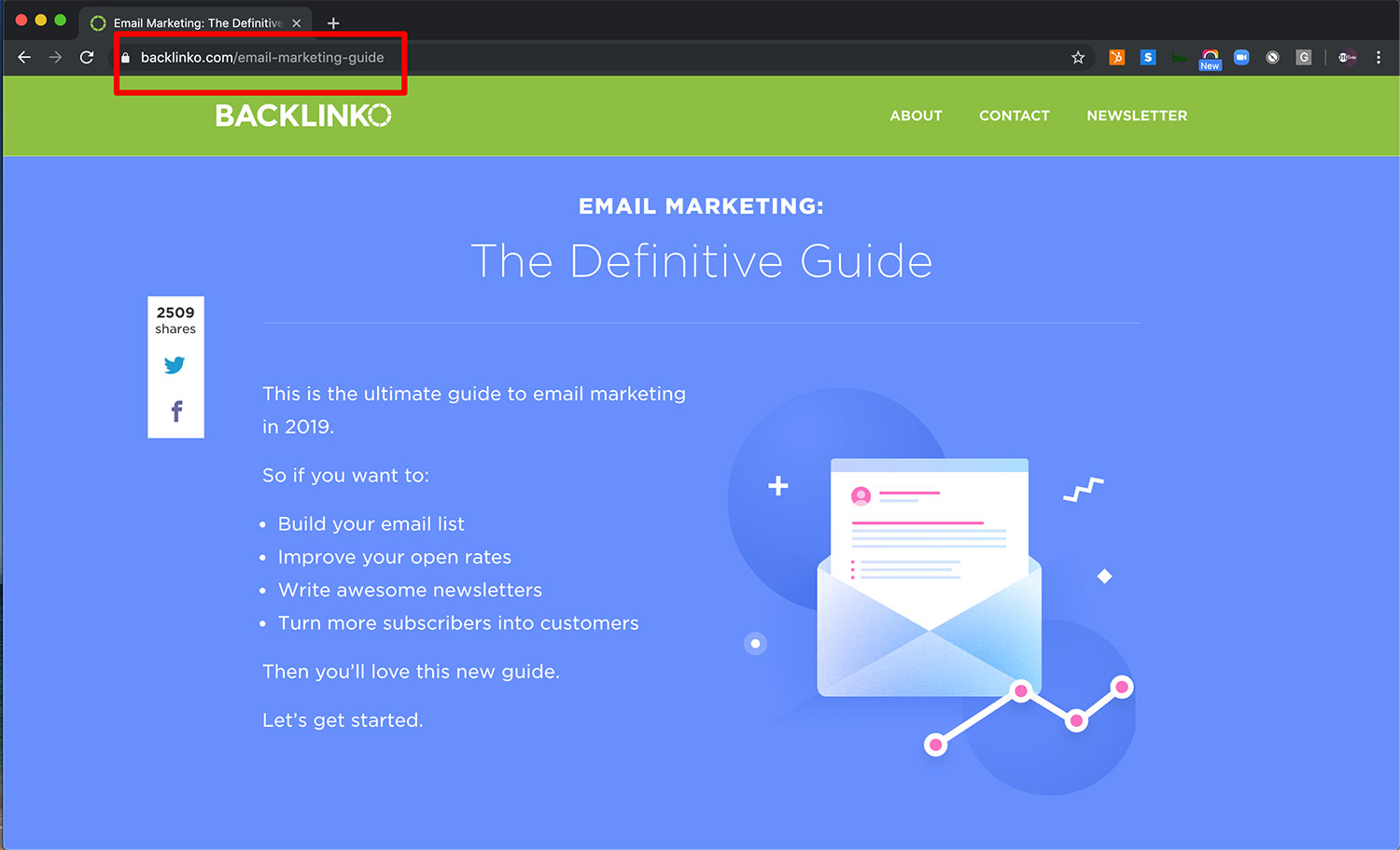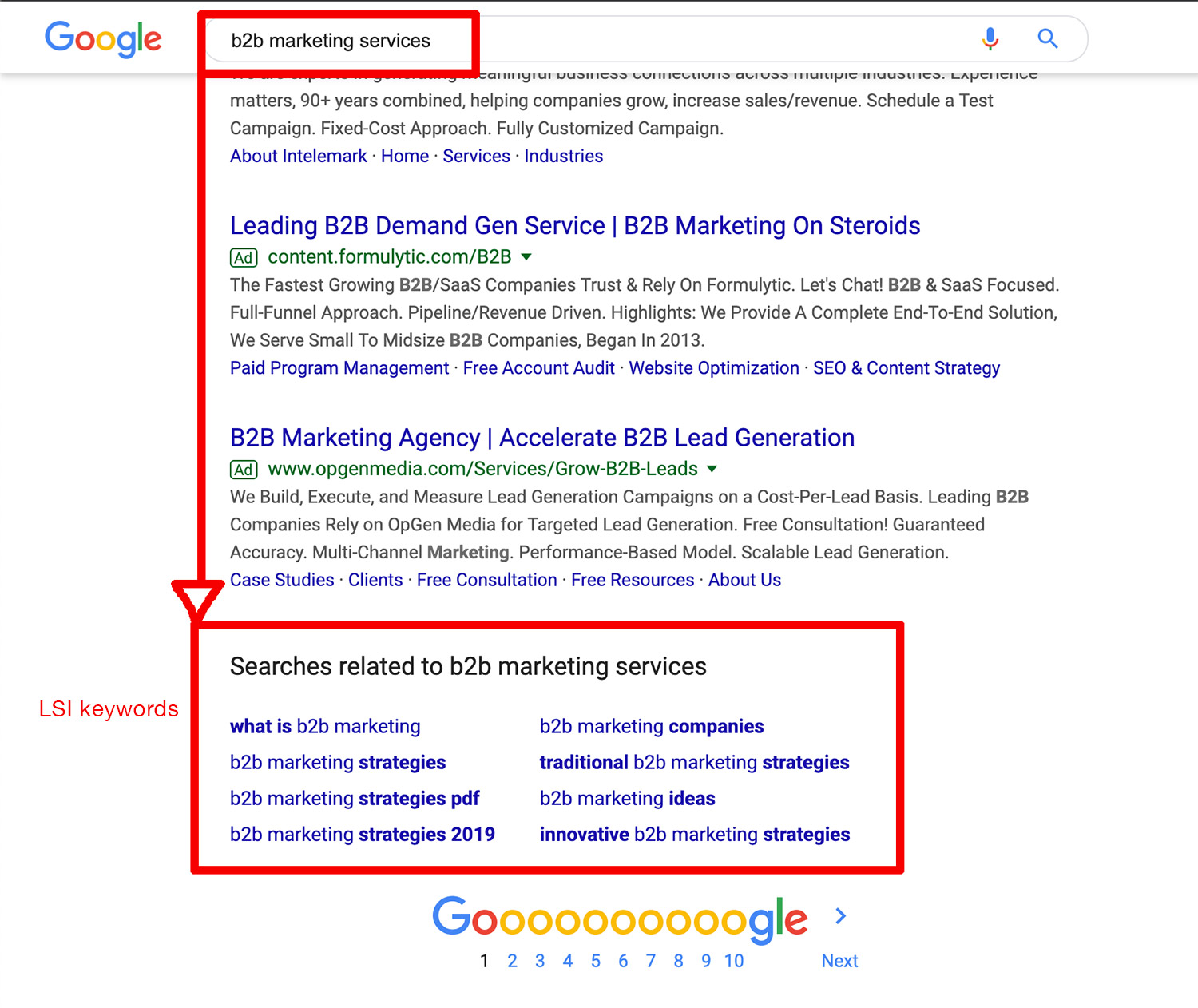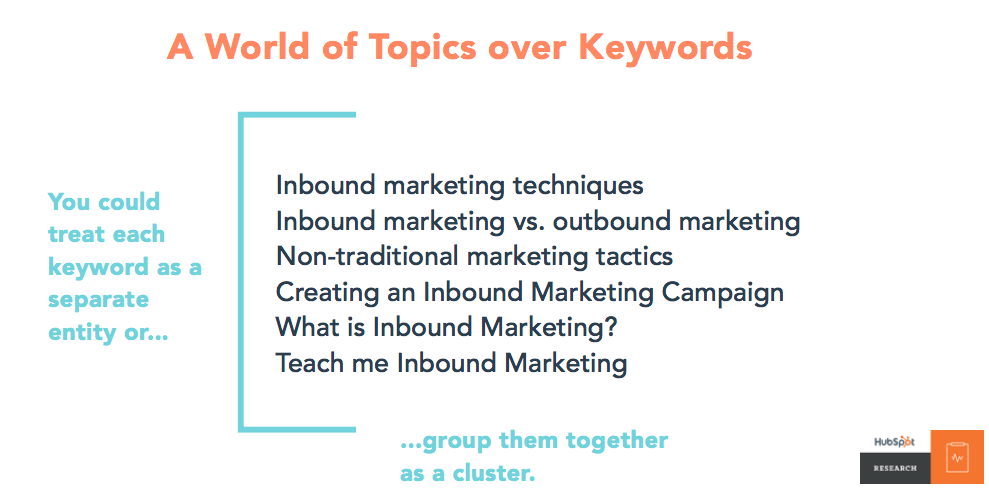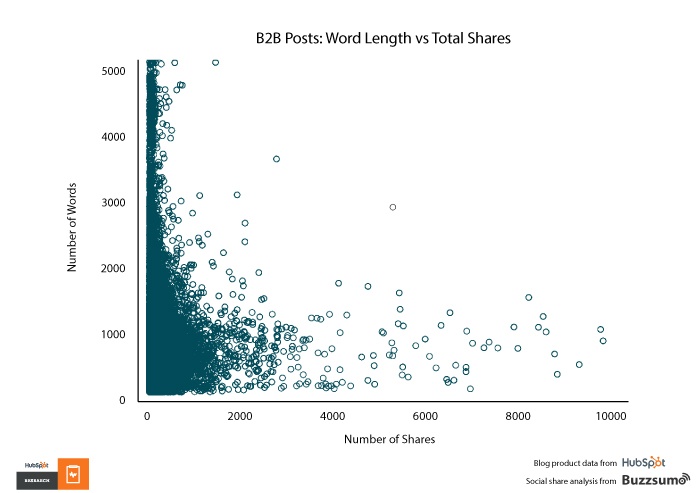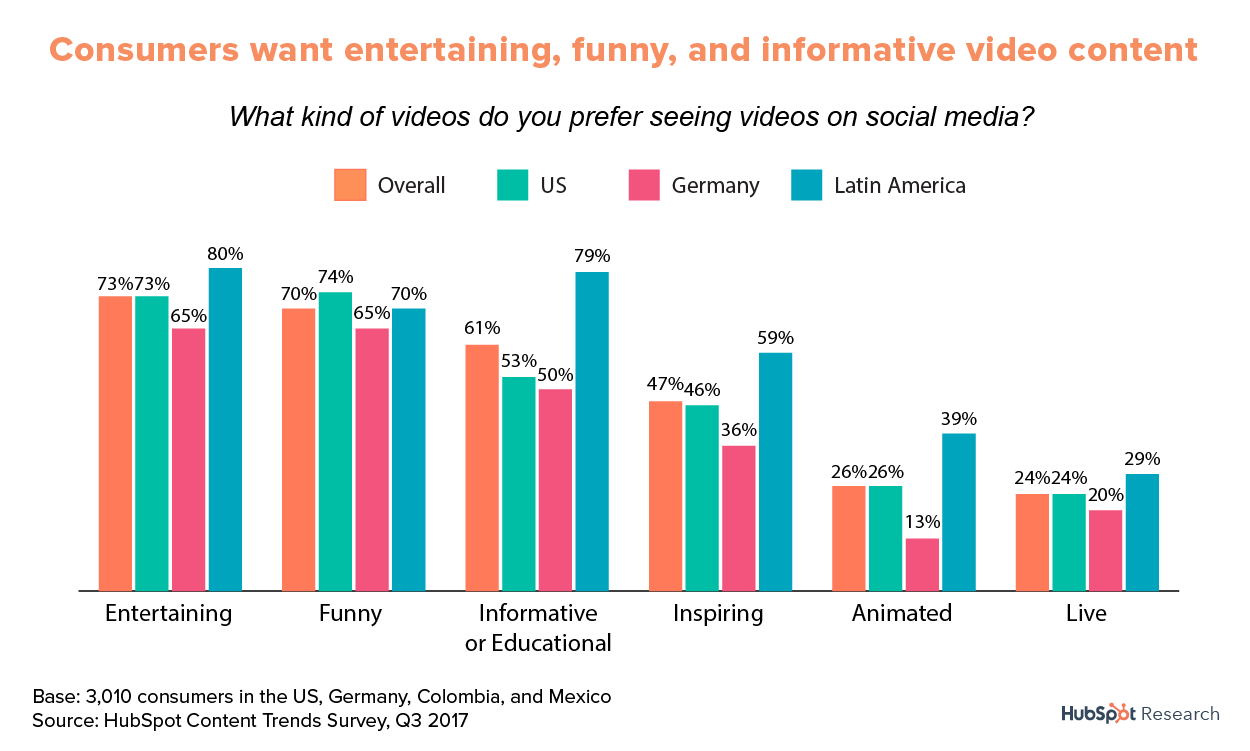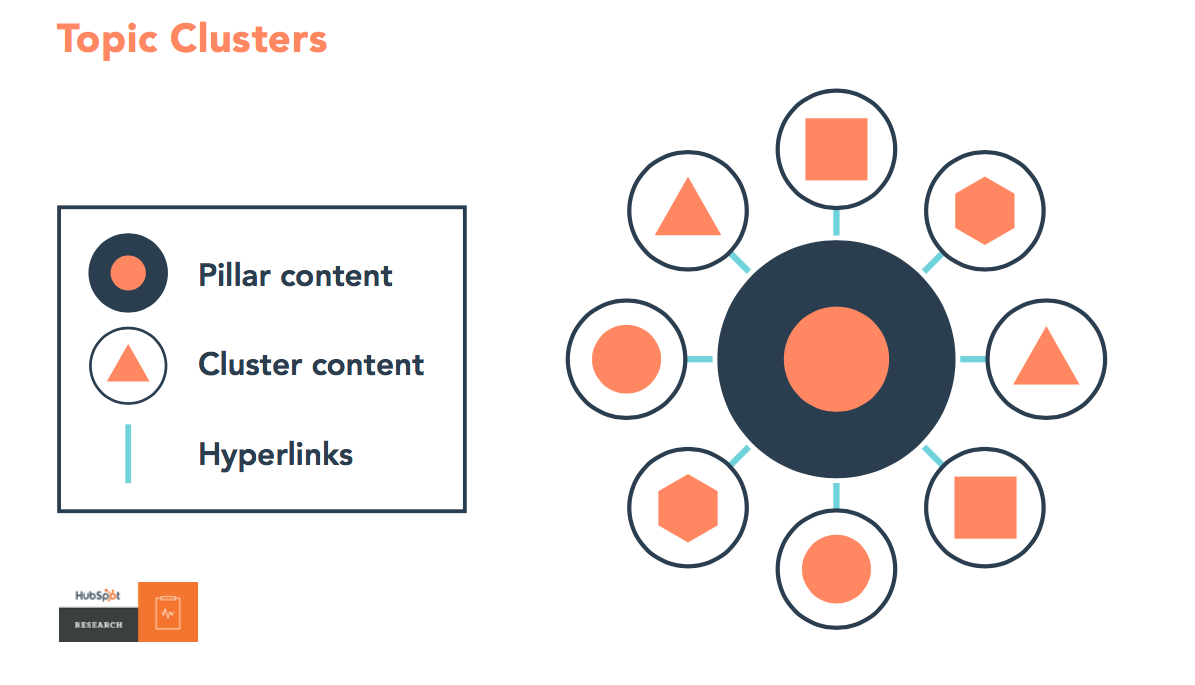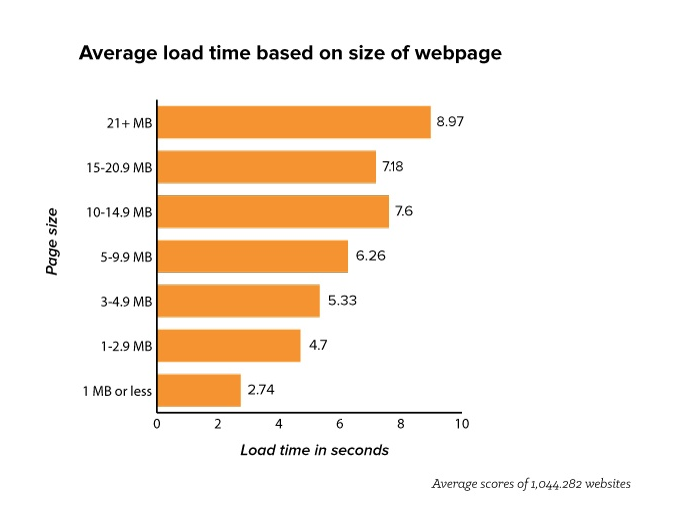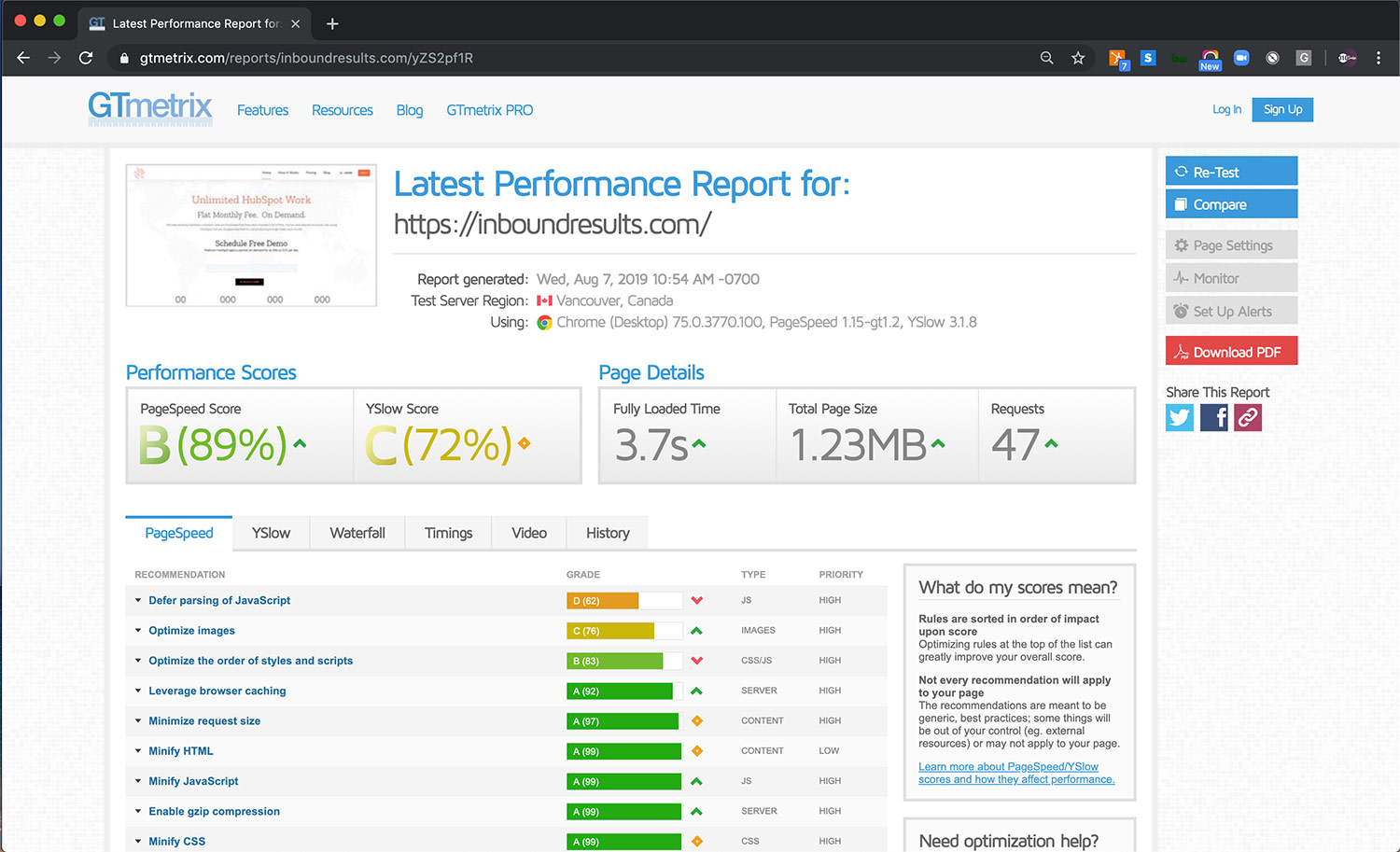2020 HubSpot On-Page SEO Techniques
This article will give you 8 very actionable HubSpot on-page SEO techniques that are proven not only improve your website’s search performance and content strategy, but also help your lead conversions as well.
61% of marketers say improving SEO and growing their organic presence is their top inbound marketing priority
SEO has come a long way since the days of stuffing our pages with keywords and hoping for the best. Search algorithms have become more sophisticated and are no longer influenced by old on page SEO techniques. Google is getting smarter at finding truly valuable content to serve visitors of their search engine.
92% of searchers will pick businesses on the first page of local search results. (Source: SEO Expert)
Content is king, and creating the most useful and interesting content has become the number one way to boost traffic. However, smart digital marketers are always seeking any possible edge to ensure that their sites are showing up at the top of search engine results pages.
Here are nine actionable on page SEO techniques inside HubSpot that are proven to get results while improving your website’s search performance.
1. Use short URLs
When creating new content, it is easy to allow a default auto-generated URL slip by without a second look. However, the first of our on page SEO techniques and the next show the importance of taking a moment to ensure that your URL is doing all it can to help with your search ranking.
Take a look at your URL. First, make sure it is short. Research has shown that short URLs rank consistently better than long URLs, so keep yours short at to the point. For a post like this one, a great example would be www.website.com/on-page-seo.
While this will not make a huge impact, every little bit helps. The downsite is that Google might potentially at some point in the future to reduce the effectiveness of this on-page SEO rank tactic. This hypothetical change would not penalize your page or blog post using this technique, but as the effectiveness drops, you might loose a few ranking spots as a result. Building niche backlinks and social signals to your blog posts will always be larger ranking factors than your keyword being in a short URL.
2. Include Your Target Keyword in the URL
Focusing on that URL for a moment, here is another reason not to simply accept the default auto-generated URL. You want to be sure that you have included your target keyword.
Again in my example, if the keyword I was looking to rank was “on page SEO,” my short URL with included keyword would still be www.mywebsite.com/on-page-seo.
3. Use LSI Keywords
LSI (Latent Semantic Indexing) Keywords are terms closely related to your keyword that help search engines understand what your content is about.
In the early days of search engines, they would try to understand the topic of a page based only on keywords. As search engines grew smarter, they began seeing related words as a cue to understanding the content. This makes it essential, as an on page SEO technique to include, not just keywords, but other words that search engines consider related to your keywords.
But how do you know which ones? There are several ways to find the best LSI Keywords, but the most straightforward approach is to use Google. Search for your target keyword in Google and then scroll to the bottom of the page and look for “Searches related to” your keyword. Generously include some of those related terms, and Google will now better understand the content of your page.
4. Publish Long Content
Not long ago, conventional wisdom for content valued frequency over length. In other words, some thought it was a better use of resources to publish more often even if it meant shorter content. Now research into on page SEO techniques is clearly showing that longer content tends to outrank shorter content.
97% of page-one results have at least one image on the page
Long form content is the best way to ensure you can organically grow traffic with optimal on-page SEO techniques. Ideally, you want to have your pillar posts and evergreen posts exceed 2,000 words.
The average first-page result on Google contains 1,890 words
Search engines are trying to serve up the very best content at the top of the results page, and they see longer as better. You can see the logic.
What is more likely to offer a comprehensive answer to your question, a 500-word page or a 2000-word page? Additionally, back to technique 3, longer posts are more likely to include even more LSI keywords. So, how long? There is no magical formula, but on average, posts around the 2000 word mark appear to rank better than anything shorter.
5. Include Multimedia Content
Search engines keep watching after people click through to your site. Two things they are interested in are bounce rate and time on page. They want to know how many people leave your site after visiting only one page and how long they stay on the page.
If readers spend a lot of time on your page and the rest of your site, Google is going to see that as a cue that your content is useful. So, how do you get people to stay longer?
97% of page-one results have at least one image on the page
Offering great content, including multimedia content, will increase the time spent on the page. Charts, graphs, screenshots, and video will encourage people to linger and show Google that you have great content.
6. Optimize for Click-Through Rate (CTR)
Google is acutely aware of the click-through rate from the results page to your website. Every time your site shows up and gains an impression, the search engine is watching to see if anyone clicks.
When people click, your page will stay where it is in the results or even move up. If no one clicks, you may find your page falling in the results. Here are some tips for improving that CTR.
First of all, use brackets and parentheses. Research shows that brackets and parentheses in title tags improve click-through rates substantially. Second, use numbers. Marketers have known for some time that numbers grab readers’ attention, and title tags with numbers included have higher click-through rates.
7. Use Internal & External Links
It may seem counterintuitive as on page SEO techniques go, but linking to external sites can improve search rankings. Search engines like these external links and they may help them better understand the content. Consider including between two and five external links to high-authority sources on every page. The HubSpot topic cluster tool streamlines these efforts and
Internal links do more than help people find additional content on your website. They are also critical to include as part of your list of on page SEO techniques. The links can improve SEO on the page you are publishing and the pages for which you include links.
For each new piece of content, include up to five internal links. Prioritize older pages that are related to your content and could benefit from a boost in traffic and rankings.
8. Maximize Site Speed
If there is one SEO factor that Google has been very clear about, it is site speed. Google highly prefers and prioritizes pages that load fast and penalizes sites that load slow. There are a few ways to ensure your website is as fast as possible.
Based on data from Alexa, pages on fast-loading sites rank significantly higher than pages on slow-loading sites.
First, optimize your pages for speed. Ensure that your images are optimized for fast loading and ensure there are no scripts or other code that are slowing things down.
Sites like GTmetrix are excellent free tools to check how fast your pages are loading. Even better, you can also find out exactly what to fix in each page to maximize your load speed.
Second, don’t go cheap on hosting. It is tempting to save a few bucks and choose the cheapest hosting you can find, but it isn’t worth it if the slow load times are impacting your search rankings.
Third, if you really want your pages to load fast, consider using a Content Delivery Network (CDN) which distributes your content so users receive it from a server closer to their physical location.
Takeaway Video
If you follow the 8 on-page SEO tips outlined above, you will not only be following white hat best practices but you will be able to continue to keep your website best suited to outrank your competition that may not be leveraging these extremely effective on-page SEO techniques. With that said, we leave you with the awesome video below from Brian Dean over at Backlinko, which leverages techniques we have outlined above and complimentary on-page SEO techniques to improve your off-page SEO efforts as well.

